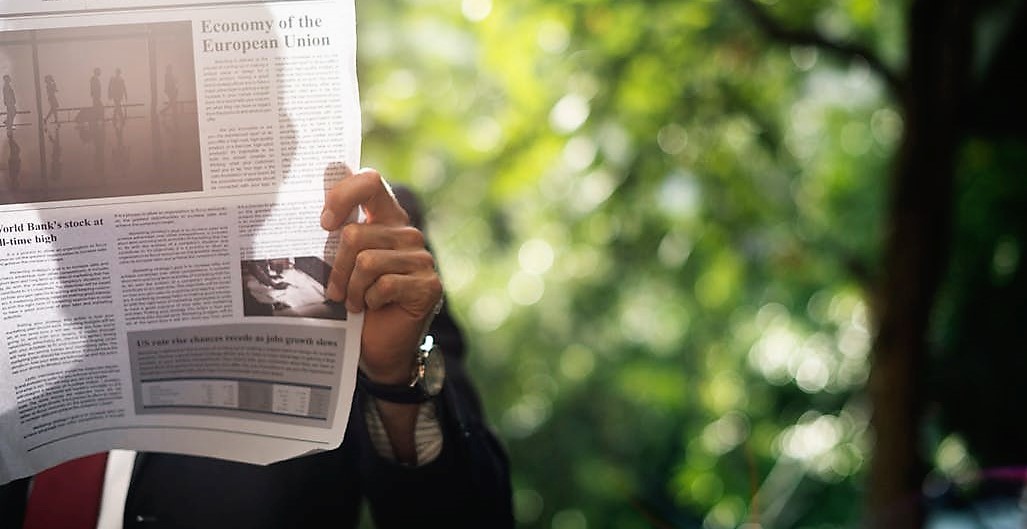Is Social Media Killing PR?
At a recent gathering of communications professionals, the topic of social media arose. We wondered if social media was a positive or negative force when it came to our ability to communicate complex ideas, create consensus, change minds or spur commerce.
One of our colleagues posed the question: “Is social media killing the practice of public relations?”
In our circle of friends, conversations like this are hot-button issues, along with whether to use the Oxford comma (answer: sometimes), or if David Brooks is a better opinion writer than Tim Egan (no way).
We had a spirited conversation around this and what I put forward is that inherent in the question is the problem – the belief that social media is something more than a tactic. Instead, PR practitioners and our clients should view social platforms as tools that, when used appropriately, can help support a broader range of PR-driven initiatives.
While social is just one among many channels that are critical in executing effective marketing and communications programs, the data show it is perhaps one of the most necessary and powerful tools when it comes to reaching specific audiences.
To wit: a recent study by the Pew Research Center shows that a third of adults age 19-29 receive their news from social media, while only 2 percent get their news from newspapers.
Rather than ask whether social media has killed traditional PR, I think a better question to ask is how has social media amplified the practice of public relations?”
Some of the ways we effectively use social media as part of an integrated PR and marketing strategy include:
Merchandizing Wins More (Cost) Efficiently
- We routinely use social media to amplify our successes in gaining media coverage by sharing those wins via a client’s social media channels. In the old days, we would buy physical reprints and mail them to our key audiences. Sharing via social media makes that process faster and vastly more powerful.
Cutting Out the Middle Man
- Social media channels and digital content marketing give us the ability to communicate directly with our key audiences, when and where they want to receive information without reliance on traditional media. Using social media to reinforce individual or brand thought leadership allows us to be in front of our key audiences much more frequently than if we were relying on media outreach or direct marketing.
Controlling the Message
- We use social media when we need to gain a higher level of control in the way we make announcements and break news on behalf of our clients. By using social media, we can circumvent the media as a gatekeeper. Politics aside, President Trump has made a study of this approach.
Producing and Publishing Multimedia Content
Social media has dramatically opened avenues to use video and multimedia to tell stories in a highly cost-effective way. Years ago, we might have hired a production team to create a video and screened it exclusively at a user conference or a fundraising gala. Now, with the proliferation of powerful-and-inexpensive technology, not only can we produce high-quality video content for these large-scale venues, we can also produce all kinds of other professional-looking multimedia content and share it more frequently, adding to our storytelling ability.
Those are just a few of the ways we’ve employed the tactical use of social media to complement PR strategies that draw from a range of tactics and tools available to us. As important, though, is our use of social media to listen.
Relationship-Building
- For example, we use social media – especially Twitter – to keep up with key journalists’ interests and activities, which in turn helps us build relationships. Certainly, while we still have coffee and email them interesting notes directly from time to time, social media enables us as individuals to passively keep up with each other.
Stakeholder Listening
- We also use a suite of tools that help us listen to our clients’ key audience’s social media conversations. Listening can help us better understand their interests, views and concerns, and often listening can help us identify issues or problems before they bloom into larger, more public problems.
We do see, though, inherent problems with social media, largely around the common mistake of becoming overly reliant on using it as a singular tactic, or viewing social activity as an end-goal itself, without identifying communications objectives and the right mix of strategies to reach them.
A common blunder that we see often is the belief that all things (or most things) can be communicated in 280 characters.
More critically, the siren call of social media can be an ill-fated shortcut for doing the hard work that is the foundation of any thoughtful communication strategy, which requires time, research and testing.
This work allows us to think through all the nuances of a communication challenge or strategy, spend time targeting audiences, ensure decision-makers and stakeholders are on board, and guarantee that our messages across platforms are consistent.
Once that is done, social media can be a very powerful tactic. Used properly and judiciously, social serves as a highly effective, purpose-built tool to help amplify messages and add speed and brevity to a suite of communication tactics, while enhancing our ability to be powerful storytellers.



